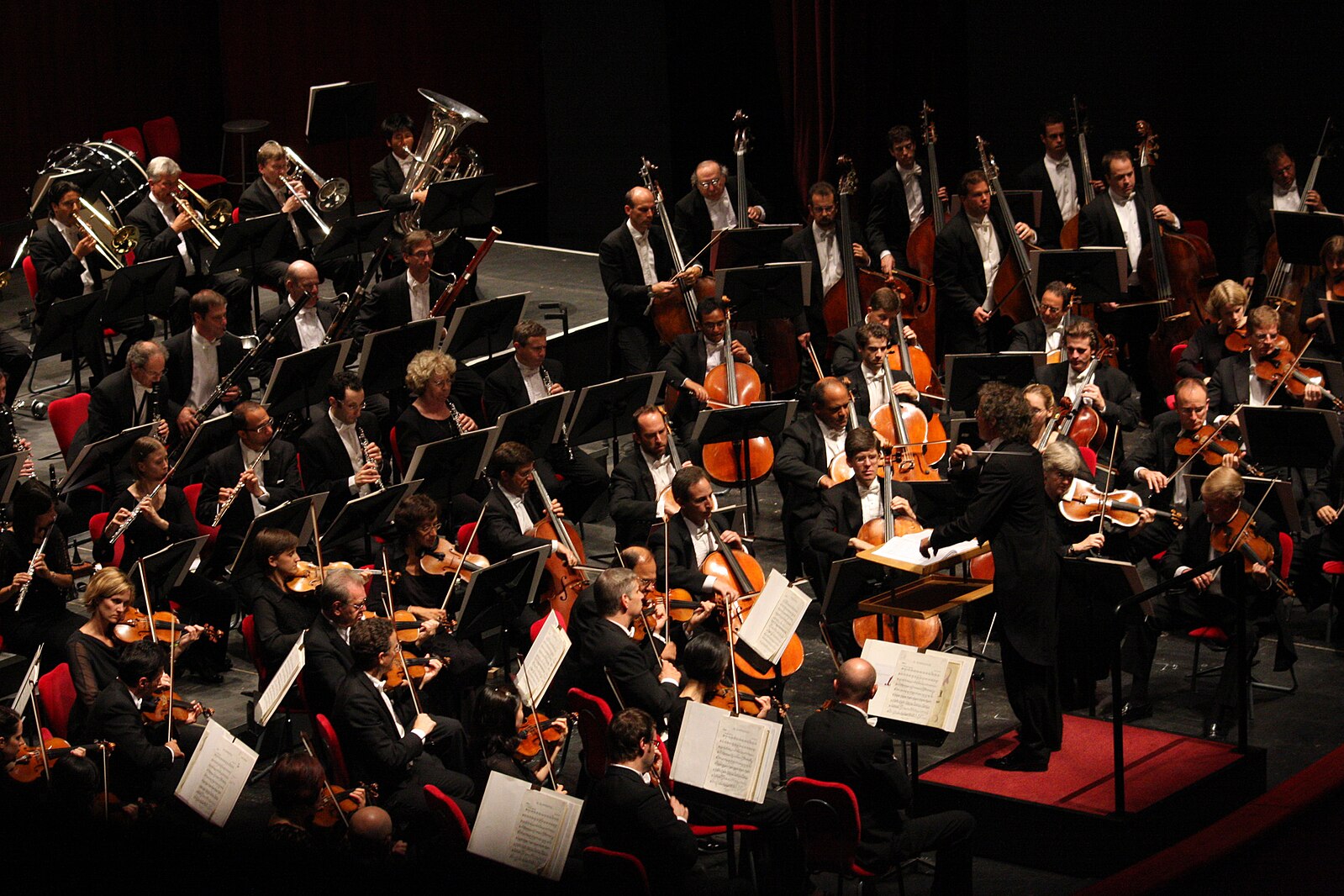The Cleveland Orchestra’s opening weekend approaches. The 2025-26 season at Severance Hall kicks off with a three-day run: Sept. 26 at 7:30 p.m., Sept. 27 at 7:30 p.m. and Sept. 28 at 3:00 p.m. The run will begin with the U.S. premiere of Bernd Richard Deutsch’s “Urworte,” his final work commissioned by the Cleveland Orchestra during his tenure as a Daniel R. Lewis Young Composer Fellow. “Salome’s Dance” from Richard Strauss’s “Salome”—the operatic adaptation of an Oscar Wilde play by the same name—is set to follow. Closing the program is Maurice Ravel’s “Boléro,” one of his last completed works before his steep mental decline and one of his most famous.
The Cleveland Orchestra is more than worth watching. They consistently rank among the top 10 symphonic orchestras in the world, with an energy, musicality and technical prowess consistently praised by critics and audiences alike for over a century. The orchestra’s unrivaled sound, along with the setting of Severance Hall just a few steps off-campus, will leave both dedicated fans of classical music and new listeners in awe. Student tickets are $15 and become available the week of the concert. This program is truly special, offering the audience a variety of sounds from different eras and composers and exploring the struggles and successes of life (“Urworte”), desire (“Salome’s Dance”) and madness (“Boléro”).
Deutsch’s “Urworte” is a sixty-minute piece for orchestra and choir set to Goethe’s poem “Urworte Orphisch” (Orphic Primal Works), which establishes five fundamental forces that govern human existence: Daimon (Destiny), Tyche (Chance), Eros (Love), Ananke (Necessity) and Elpis (Hope). The piece explores the tension between control and instinct, and choice and compulsion: the everyday and lifelong struggles of being human. Its monumental length and ability to build towards grand, sweeping moments echoes the rising and falling eras of a life. The orchestra’s scale also mirrors the likes of Mahler and Bruckner, featuring a robust brass section, doubled woodwinds and prominent percussion, which aid its visceral, emotional impact. Earlier this year, the world premiere of this piece was met with widespread acclaim, leaving American audiences eagerly awaiting this titanic work.
Strauss’ “Salome” adapts Oscar Wilde’s play of the same name, which itself is derived from a biblical story. The tale is set in King Herod’s palace, populated by the king’s wife Herodias—his brother’s widow—Jochanaan—John the Baptist—who is held prisoner, and a young captain Narraboth who is in love with the king’s stepdaughter, Salome. Salome becomes desperately infatuated with Jochanaan, who rejects her and beseeches her to find God. Narraboth, after witnessing Salome begging for Jochanaan’s kiss, fatally stabs himself—leading King Herod to slip in the pool of his blood. The king is suddenly overcome with hallucinations and begins relentlessly pursuing Salome, eventually promising that he will give her anything if she will dance for him. Salome confirms the king’s intent to fulfill that vow, then agrees. “Salome’s Dance” plays as she seduces her stepfather, removing her seven veils in the process. Having pleased the king, Salome calls in her favor—the beheading of Jochanaan—for which she meets an equally terrible end. The removal of the veils, which originated in Wilde’s play, led to moral outcry from the performers and audience for its overt erotic nature. Ultimately, this dramatic, scandalizing work was met with fear and pleasure alike and became one of Strauss’ most famous and widely recorded operas.
Ravel’s “Boléro” was composed shortly after the composer entered the early stages of mental decline, and many have theorized that the obsessive nature of the work reflects the composer’s awareness of this cruel process. The fifteen-minute piece begins with a lone snare drum playing the central motif, an idea that will be passed from instrument to instrument, before being blasted at the end by the entire orchestra. This theme is developed through different timbres and melodies, but maintains that original rhythm as the piece builds from a quiet whisper to an emphatic shout. Ravel distills the feeling of being trapped and screaming for salvation to no avail. The piece ends abruptly on a discordant chord, as if Ravel is finally accepting that he cannot escape his fate. Though the composer was highly critical of the work, it was lauded by critics and audiences, perhaps for its ability to capture the unglamorous, but universal, feeling of surrender.
These pieces illuminate often unseen or hidden aspects of humanity—the conflicts that define a person or destroy them. I implore anyone who has felt the desperate tension between their logical mind and momentary impulses, who has felt the undeniable pull of tragic love, or who has felt imprisoned in their own mind to see this concert with the Cleveland Orchestra on Sept. 26 to 28. Even if none of these themes resonate with you, allow the gravity of a sensitive, wondrous, skilled performance from one of the best orchestras in the world to take you on a journey. Keep an eye out for the $15 student tickets that become available starting Sept. 22. I hope to see you all at Severance.


